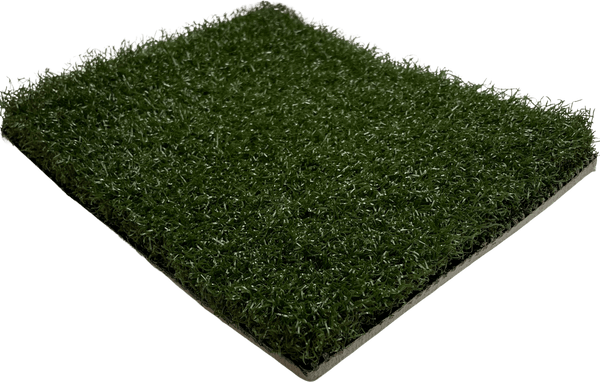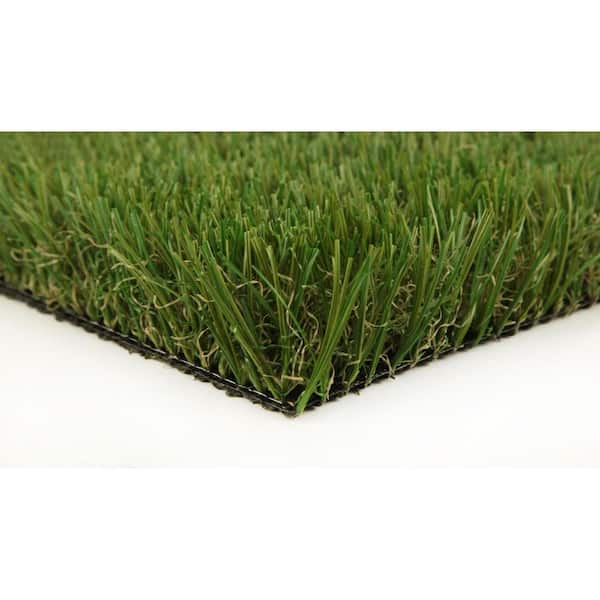Comprehending Just How Synthetic Grass Works for Your Home and Yard
Fabricated lawn has become a sensible option for homeowners looking for to boost their outdoor areas without the concerns of standard grass upkeep. Understanding its make-up, installation process, and the various kinds readily available can reveal considerable advantages for both aesthetics and performance. Nonetheless, the effects of selecting synthetic grass prolong beyond plain look; they touch upon ecological factors to consider and lasting sustainability. As we explore these aspects, one must consider how this cutting-edge strategy can basically alter the landscape of home horticulture. What aspects should you consider prior to making the transition?
Advantages of Synthetic Grass
Recognizing the growing popularity of fabricated lawn, it is important to explore its countless advantages. Unlike all-natural grass, synthetic lawn does not require mowing, watering, or fertilizing, which equates to time and price savings for property owners.
Furthermore, synthetic grass gives a lavish and regularly green look throughout the year, regardless of climate condition. This visual allure boosts the visual high quality of any landscape, making it an attractive selection for household buildings. Furthermore, synthetic grass is sturdy and made to withstand heavy foot website traffic, making it an optimal service for families with children and animals.
Safety is one more important factor to consider; modern-day man-made turf is usually made from non-toxic materials and incorporates shock-absorbing technologies, lowering the risk of injuries throughout play. Synthetic grass is resistant to parasites and weeds, getting rid of the requirement for chemical treatments, thereby promoting a much healthier exterior environment. On the whole, the benefits of synthetic grass make it an engaging option for boosting home and garden spaces.
Setup Process Introduction
When considering the installment of synthetic grass, a systematic method is vital to guarantee optimum outcomes. The installment procedure normally begins with thorough website prep work, which involves clearing the location of any type of existing turf, debris, and rocks. This step is important for developing a secure and level foundation.
Following, it is very important to assess the water drainage capabilities of the area. Correct drainage is crucial to prevent water pooling externally, which might cause early wear or issues with mold and mildew. This may need excavation and the installation of a water drainage system if needed.
As soon as the site is prepared, a base layer is installed, generally containing smashed stone or decayed granite, compacted to create a strong surface area. After achieving a smooth base, a geotextile textile is set to inhibit weed development.
The lawn rolls are put, reduced to fit, and secured at the seams using customized or adhesive grass tape. Effectively following these actions will certainly result in a resilient and cosmetically pleasing man-made grass setup.
Types of Synthetic Turf

Among the primary classifications is domestic turf, which is usually utilized in yards, backyards, and play areas. This kind index normally includes a soft appearance, making it risk-free for pet dogs and children. Business lawn, on the other hand, is crafted for high-traffic areas, such as sporting activities fields and community parks. It supplies toughness and durability, ensuring it withstands strenuous use while preserving its look.
One more category consists of landscape grass, which mimics natural grass carefully to boost the aesthetic allure of yards and exterior rooms. In addition, placing green turf is specifically made for golf enthusiasts, featuring a much shorter stack height and a smooth surface area for an ideal putting experience.
Finally, pet-friendly lawn incorporates antimicrobial buildings and long lasting products to guarantee a risk-free and hygienic setting for family pets. Choosing the right kind of synthetic grass is critical for attaining the intended look and capability in your house and garden.
Upkeep Requirements
Proper upkeep is essential for expanding the life expectancy and appearance of synthetic grass. Normal upkeep not only boosts aesthetic charm but likewise makes sure optimum efficiency. The main upkeep tasks consist of cleaning, washing, and checking the turf.

Washing the turf with water assists get rid of dust, pet, and particles waste. Making use of a pipe with a spray nozzle makes this task efficient and efficient. In areas prone to hefty rainfall, guarantee you could check here correct drainage to stop pooling.
Furthermore, routine examinations for damages, such as tears or loose joints, are vital. Prompt repairs can avert a lot more significant issues and maintain the integrity of the turf. By adhering to these upkeep useful content demands, homeowners can enjoy the elegance and performance of their synthetic grass for years ahead, guaranteeing a lively and inviting outside area.
Environmental Factors To Consider
Man-made lawn offers a complex array of environmental considerations that require mindful analysis. Arizona artificial grass. While it decreases the demand for water, plant foods, and chemicals, which are generally connected with all-natural yard upkeep, there are substantial worries concerning its manufacturing, usage, and disposal
The manufacturing of artificial lawn entails petroleum-based products, increasing concerns concerning nonrenewable fuel source intake and greenhouse gas exhausts. Furthermore, the installation process typically requires a layer of infill, regularly composed of materials like crumb rubber, which can release unsafe chemicals into the setting.

Disposal of synthetic grass offers another difficulty, as it is not biodegradable and can add to landfill waste. Some reusing options exist, yet they are not widely available or accessible.
Final Thought
In summary, synthetic lawn offers many advantages for household and yard applications, including aesthetic allure, reduced upkeep, and security for pet dogs and youngsters. Various types of artificial grass provide to various needs and choices, while ecological considerations highlight its prospective sustainability benefits.
Generally, the advantages of artificial turf make it a compelling alternative for enhancing home and garden rooms.
When considering the setup of fabricated turf, an organized approach is essential to make sure optimal outcomes. The turf rolls are put, cut to fit, and safeguarded at the seams using sticky or specific lawn tape. Appropriately following these actions will result in a sturdy and aesthetically pleasing artificial grass installation.
In recap, man-made lawn offers various benefits for domestic and yard applications, consisting of aesthetic appeal, low maintenance, and security for kids and animals.